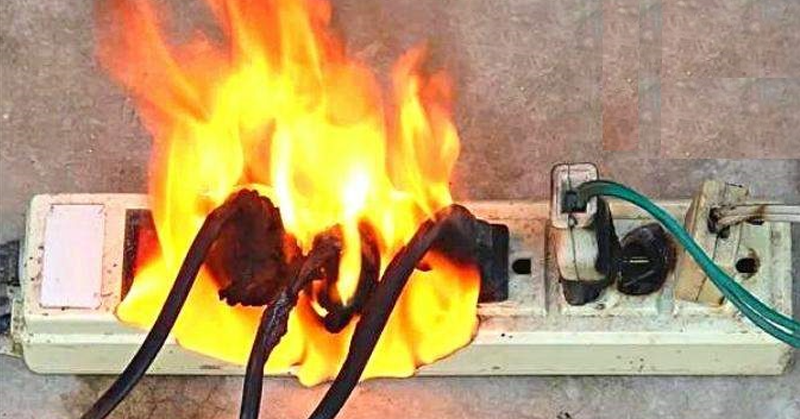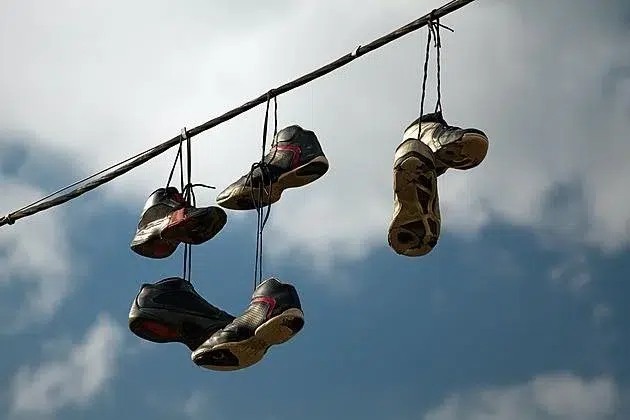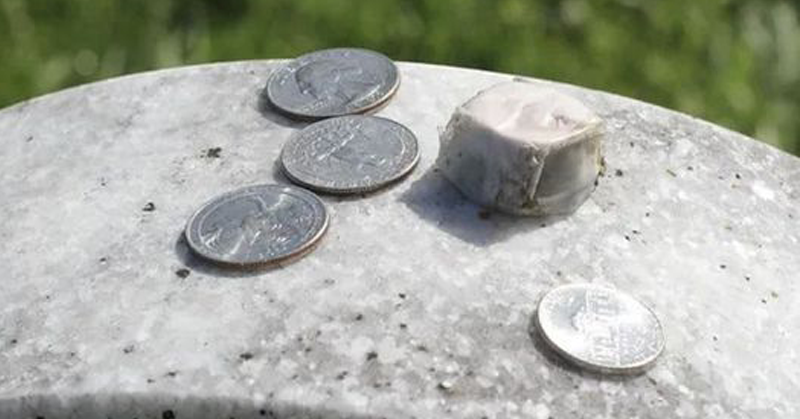While it’s super convenient to plug multiple devices into one power strip, did you know it can sometimes be risky?
Plugging in high-energy devices or overloading the power strip can cause real problems. This can damage appliances, lead to power outages, or even start a fire! And yes, I’ve learned this the hard way.
Here are 9 devices you should never plug into a power strip.
First, Check the Maximum Power of Your Power Strip
Before diving into the list, it’s important to know one thing. Every power strip has a maximum power limit, usually indicated on the power cable.
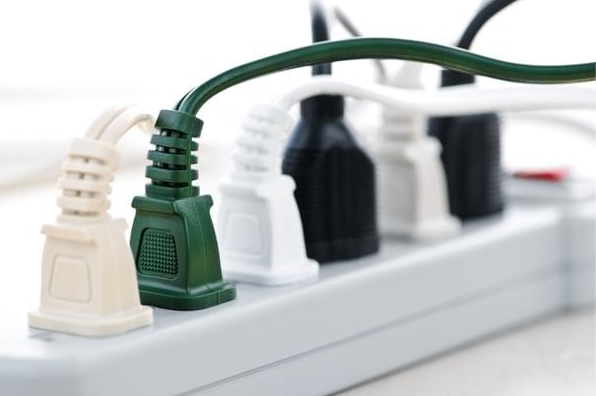
Before plugging in your devices, check this number. Then, add up the power usage of each device you plan to plug in.
You can usually find the power usage information on the device itself. Here’s an example: Imagine that your power strip allows a maximum of 3500 W. If you plug in your oven (2500 W), vacuum cleaner (800 W), and kettle (250 W), you’ll exceed the 3500 W limit (2500 + 800 + 250 = 3550 W).
The solution? Unplug one of these appliances to stay below the maximum power threshold. Now, let’s explore the devices you shouldn’t plug into a power strip.
1. The Oven
Ovens are among the most energy-consuming household appliances. Even if you don’t use yours often, avoid plugging it into a power strip.
It’s safer to use an individual wall outlet to prevent dangerous overheating.
2. The Refrigerator

While a refrigerator might not be the most power-hungry appliance, it runs 24/7, sending a constant electrical current through the power strip. This can be risky.
It’s best to plug your refrigerator directly into a wall outlet. This also applies to freezers.
3. The Washing Machine
Washing machines consume a lot of electricity—about 1150 kWh per year on average. It’s not advisable to plug them into a power strip.
Using a wall outlet helps avoid the risk of short circuits and overheating. The same goes for tumble dryers, which also consume a lot of energy.
4. Auxiliary Heating
While auxiliary heaters are handy, always plug them directly into a wall outlet. Never use an extension cord, as these devices can quickly overload a power strip.
5. The Microwave
You might think a microwave is just a small, harmless appliance. But it consumes around 70 kWh per year on average, which is significant. So, avoid using a power strip for your microwave.
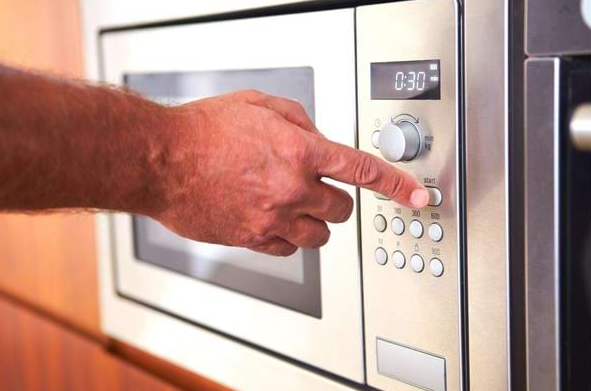
6. The Coffee Maker
Even a small coffee maker is fairly electricity-intensive, consuming about 165 kWh per year. It’s best to plug it directly into a wall outlet.
7. The Toaster
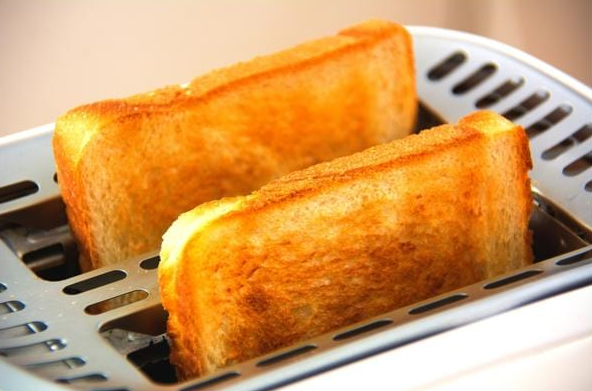
If you use your toaster every morning, it can consume between 500 to 1000 W a year. Despite its small size, that’s a lot of power for a power strip to handle. Avoid plugging it into a power strip.
8. Another Extension Cord
Connecting multiple extension cords end-to-end? Bad idea! This can easily exceed the maximum allowed power of the power strip and is a common cause of domestic fires.
9. The Internet Box, Computer, and TV
These devices don’t use a lot of power, but they’re sensitive to electrical issues like surges. Avoid using a power strip for them, or better yet, use a surge protector.
Conclusion
Now you know which devices shouldn’t be plugged into a power strip.
Although the chances of a fire are low, it’s always better to be safe than sorry. Remember, prevention is key!
